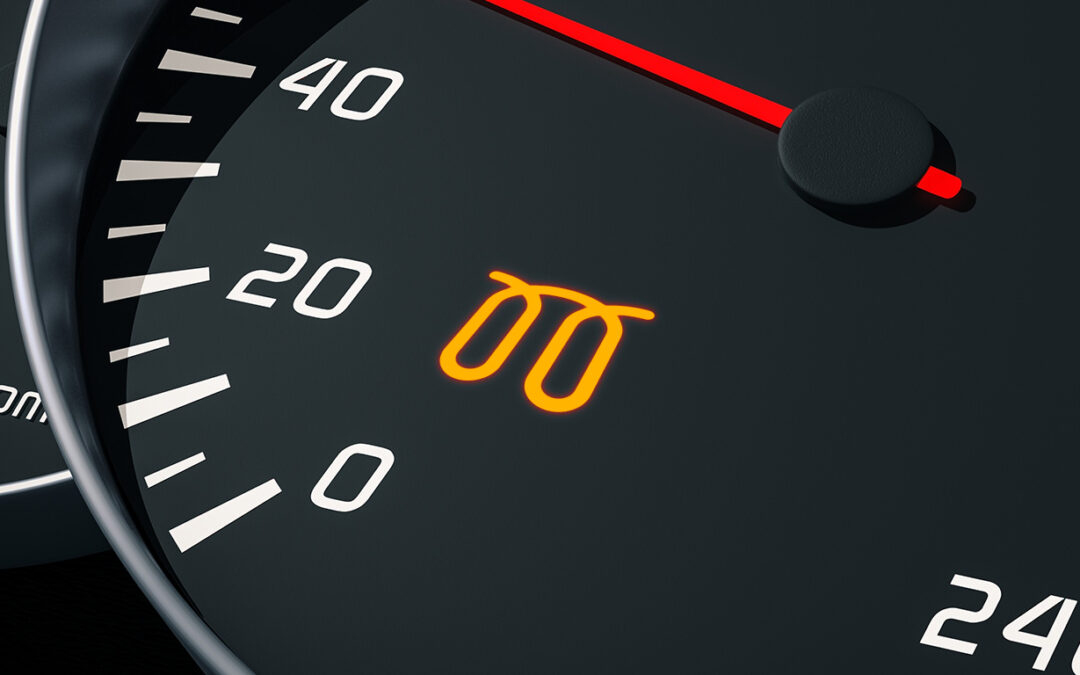Our cars, as much as we love them, are a depreciating asset in every sense of the word. Not only does their monetary value go down over time, but so does their physical state. The good news is that we can actively take steps to maintain the physical state of our vehicle through good maintenance. The bonus result of that is the resale value can also stay relatively high.
But how can we do it? How can we keep our vehicle ticking over nicely for many years? In today’s blog, we are exploring the fascinating world of vehicle maintenance and explaining how you can better look after your own.
1. Keeping Up with Regular Maintenance
If you check your owners manual, you’ll likely find a manufacturer-recommended maintenance schedule. Many car makers follow something along the lines of a 30-60-90 schedule. This refers to maintenance required every 30,000 miles, 60,000 miles and 90,000 miles. Obviously, this can greatly vary from driver to driver, vehicle to vehicle.
Keeping up with the recommended maintenance schedule is the first and most effective method of properly looking after your vehicle’s mechanical health. Below are some common things to remember:
Before 30,000 Miles
There are many small but crucial maintenance items that will come up every year. For example, your engine oil will need replacing every 3,000 to 15,000 miles depending on the brand. High-quality synthetic oils are the ones that can last up to 15,000 miles. Your air filter will likely need changing at around 5,000-15,000 miles, your brake fluid at 20,000 miles, and your tires will need rotating and rebalancing every 5,000 miles.
At 30,000 Miles
Every 30,000 miles, you’ll be looking to change the fuel filter; flush the cooling system; inspect belts and hoses, as well as suspension parts; test the air conditioning system, drain and replace your power steering fluid, and have the tyre tread checked.
At 60,000 Miles
Besides a repeat of the 30,000-mile maintenance, you’ll also likely want to change belts and hoses at this point. It’ll also be a good time to change out your transmission fluid if you drive an automatic. A check on the 12-volt battery will also be needed here, and if you haven’t had one change already, then the brake pads will need to be changed.
At 90,000 Miles
As you reach this milestone, you might look into things like new spark plugs, power steering fluid, and quite possibly a new timing belt if you didn’t get one at 60,000 miles or somewhere in between.
2. Improving Your Driving Habits
Besides keeping up with regular maintenance and sticking to the manufacture-issued maintenance schedule, there are things we can do (or avoid in the case of bad habits) in our everyday driving that help us maintain our vehicle more effectively.
- Sticking to speed limits
- Not riding the clutch
- Not riding the brakes downhill
- Not overloading the car
- Not leaving our hand resting on the gearstick
- Bringing the (automatic) car to a complete stop before shifting to P, N, R or D
- Taking care while driving over speed bumps and potholes
- Not over-revving the car in low gears
Developing good driving habits is a great way to ensure you don’t inflict unnecessary wear and tear upon your car.
3. Never Ignore the “Check Engine” Light (Especially If It’s Blinking)
Have you ever seen the “Check Engine” light appear on your dash but then you immediately dismissed it because you just thought the system was being “over-sensitive”? It’s a sadly common practice among drivers. The lack of any specific information from the warning is perhaps what makes us unwilling to take the time (and expense) of going to see a mechanic straight away.
While our dismissal of the light is on a very rare occasion quite warranted, it is by no means an excuse to ignore the “Check Engine” light altogether. This is especially true if the light comes on and is blinking. So, follow these two guidelines and let that yellow light be a guiding beacon to a longer lifespan for your vehicle.
First, treat the regular steady “Check Engine” light seriously. You don’t have to drop everything and go straight to find a mechanic when you see the steady light, but you probably should find one as soon as it is convenient. You might take a peek yourself if you know what you’re looking for. You could also buy an OBD-II scanner to plug in whenever the light comes on. The scanner will give you a problem code and you can pinpoint the issue to tell an auto professional.
Second, when you see the blinking “Check Engine” light, it’s time to get off the road. The blinking light typically indicates serious misfires in the engine. This has direct safety issues and there might be something seriously wrong in your car’s fuel systems. The safest thing if you are already on the road is to pull over somewhere safe at the earliest opportunity, call for roadside assistance and go from there.
If you are starting your day and you discover the blinking “Check Engine” light, then either leave the car on the drive and summon a tow truck, or very carefully drive the car to the nearest garage straight away with no detour. Ignoring either the solid or blinking light is a ticket to long-lasting damage that will adversely impact your vehicle.
4. Keep Your Car Covered, Clean and Protected
The sun can play merry hell with your car’s paintwork. The UV radiation can cause discolouration, and it also impacts the interior of your car. Nothing is safe from the sun’s effects — cloth/leather upholstery, electrical systems, the dashboard; all fall victim to excessive direct sunlight.
The best solution is to keep the car covered in a garage, carport, or use a car cover if you have one. Even just parking in the shade makes a huge difference. Protecting the car from the sun is one thing, but these coverings can also be helpful in winter, because extreme cold is not your car’s friend either.
Besides keeping the vehicle covered, you should also ensure that you keep it clean. and its paint protected. You should wash the car at least once a week, and hand washing is far superior to the automatic car wash. In fact, automatic car washes are demonstrably bad for your car’s paint, as well as bad for the rubber and plastic seals that can get damaged in either the rolling brushes or high-powered water streams.
After washing your car, apply a layer of wax or paint sealant to help protect the surface even more. It’ll also give you a warm glow of brilliant colour that will help to wow future buyers with that “showroom” finish.
5. Cut Back on Short Trips
Finally, many people admit to taking the car on trips that are shorter than a single mile. These short trips in the car undoubtedly make your life easier, but they also add strain to your vehicle. Your car works best when it’s properly warmed up and allowed to run in optimum conditions. Short trips don’t allow the car to get to this state.
Furthermore, because most short trips are in built-up, low-speed areas, you put additional strain on your brakes, clutch, transmission and other mechanical components. Consider using alternative transport or just walking when your journey is under a mile.
Conclusion: Think in the Long Term to Maintain Your Vehicle More Effectively
What all of the above boils down to is a need to think about your car use in the longer term, and not just focusing on your current desires in the here and now. By keeping up with regular vehicle maintenance, endeavouring to become a better driver, paying attention to warnings, keeping the car covered and protected, and not using the car when we really don’t have to, we can make sure the car is around long enough to continue serving us well.



